The Missouribar – 2020 Cellular Location Evidence
$90.00 Original price was: $90.00.$22.00Current price is: $22.00.
[Instant Download] – You will receive instant download access after the purchase
- Practice Area:
- Civil Practice & Procedure | Criminal | Litigation / Trial Practice
- Format:
- Audio and Video
Description
This class covers the methods used by both civil and law enforcement examiners to locate persons using historical call detail records, precision location data and E-911 pings. This calls covers how cell phones work in the wireless networks, how to understand call detail records and how to obtain them. These methods are widely used in criminal and civil cases to "place" a person at a particular location based on their cell phone usage. Real case examples will be used to illustrate how location evidence is used in cases ranging from murder to trucking accidents. Attendees will learn about the realities and limitations of actually being able to locate a cell phone based on historical call detail record analysis.
Key Points:
- “Burner” phones operate on major cellular carrier’s networks – This means they can be tracked
- Cellular networks are designed to have coverage overlap between towers in order to ensure consistent coverage
- Cellular location evidence can only determine the general location of where a transaction took place, not the exact location
- Call detail record analysis can only be validated by conducting a forensic radio survey (aka Drive Test)
- The coverage area of a cell tower can only be determined by conducting a forensic radio survey (aka Drive Test)
Speaker: Eric Grabski, Digital Forensic Examiner, Historical Cell Site and Forensic Cell Site Survey, Envista Forensics
Note: This material qualifies for self-study credit only. Pursuant to Regulation 15.04.5, a lawyer may receive up to six hours of self-study credit in a reporting year. Self-study programs do not qualify for ethics, elimination of bias or Kansas credit.
Materials
| Cellular Location Evidence Presentation (2.6 MB) | Available after Purchase | ||
| Faculty Bios (40.3 KB) | Available after Purchase | ||
| MoLAP Information (1.2 MB) | Available after Purchase |
Faculty
Eric Grabski Related seminars and products: 2
Eric Grabski is a Digital Forensic Analyst, specializing in cellular location analysis at Envista Forensics. Prior to his career at Envista Forensics, Eric worked in law enforcement as a Special Agent at the South Carolina Law Enforcement Division (SLED). During his career at SLED, Eric was assigned to the State Surveillance and Intelligence Unit where he conducted historical and live cellular location analysis to locate violent fugitives as well as Endangered and Missing Persons and Missing Children. While at SLED, Eric was deputized as a Special Deputy U.S. Marshal on the South Carolina Electronic Crimes Task Force. Eric has experience in utilizing Wiretaps, Pen Register Trap & Trace collection, Cellebrite data analysis and extraction, social media records analysis, IP address analysis, and mobile forensics to assist local and federal agencies on major cases. Eric has qualified and testified as an expert witness in the area of cellular location analysis. He has over 160 hours of training in cellular location analysis, wireless communications theory, and Pen Register Trap & Trace collection analysis.
Delivery Method
– After your purchase, you’ll see a View your orders link which goes to the Downloads page. Here, you can download all the files associated with your order.
– Downloads are available once your payment is confirmed, we’ll also send you a download notification email separate from any transaction notification emails you receive from IMC.sale.
– Since it is a digital copy, our suggestion is to download and save it to your hard drive. In case the link is broken for any reason, please contact us and we will resend the new download link.
– If you cannot find the download link, please don’t worry about that. We will update and notify you as soon as possible at 8:00 AM – 8:00 PM (UTC+8).
Thank You For Shopping With Us!



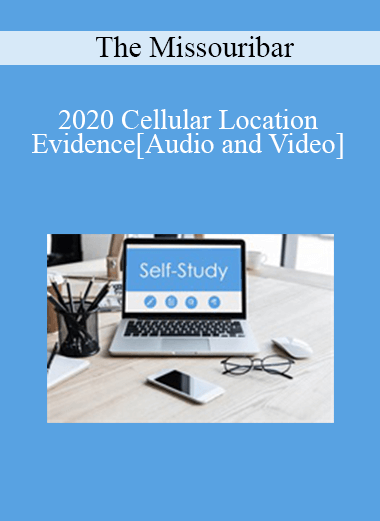
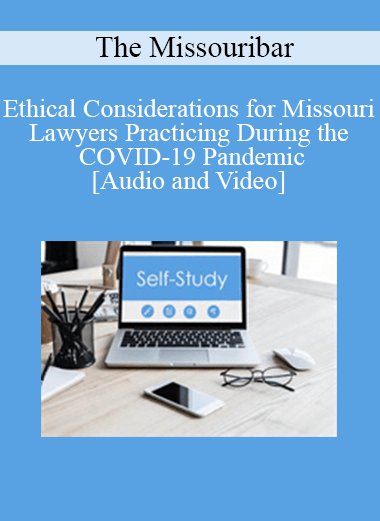


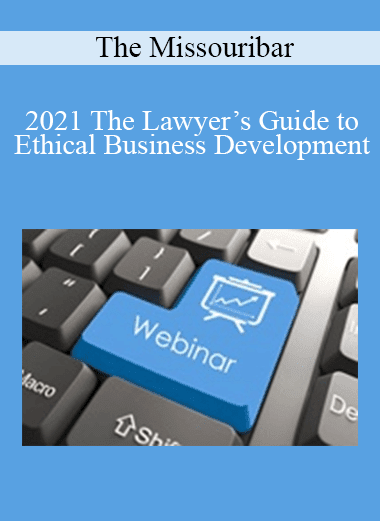
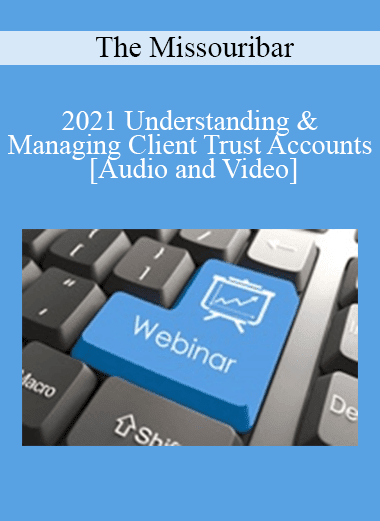


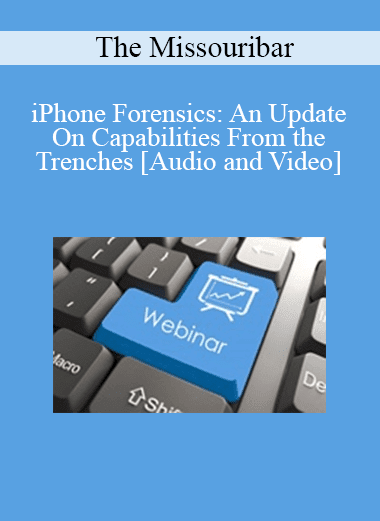
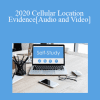
9 reviews for The Missouribar – 2020 Cellular Location Evidence
There are no reviews yet.